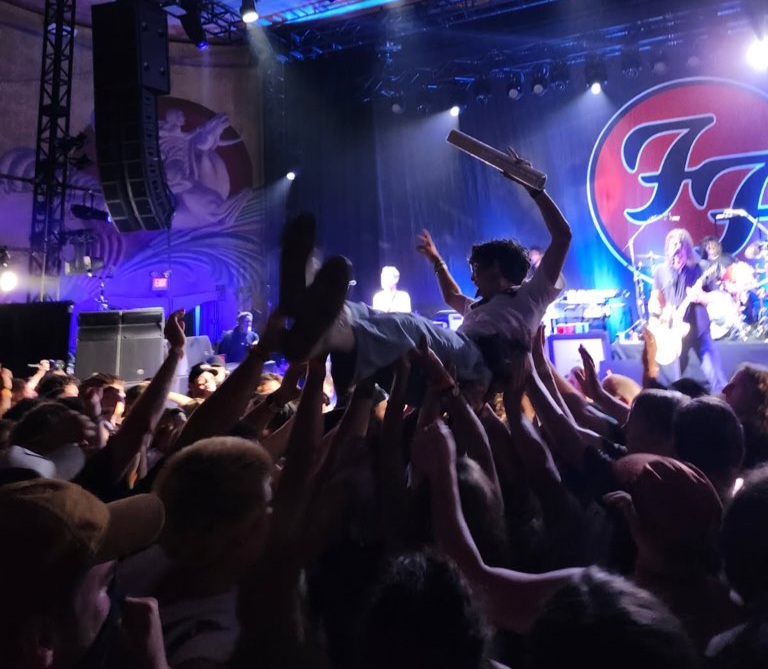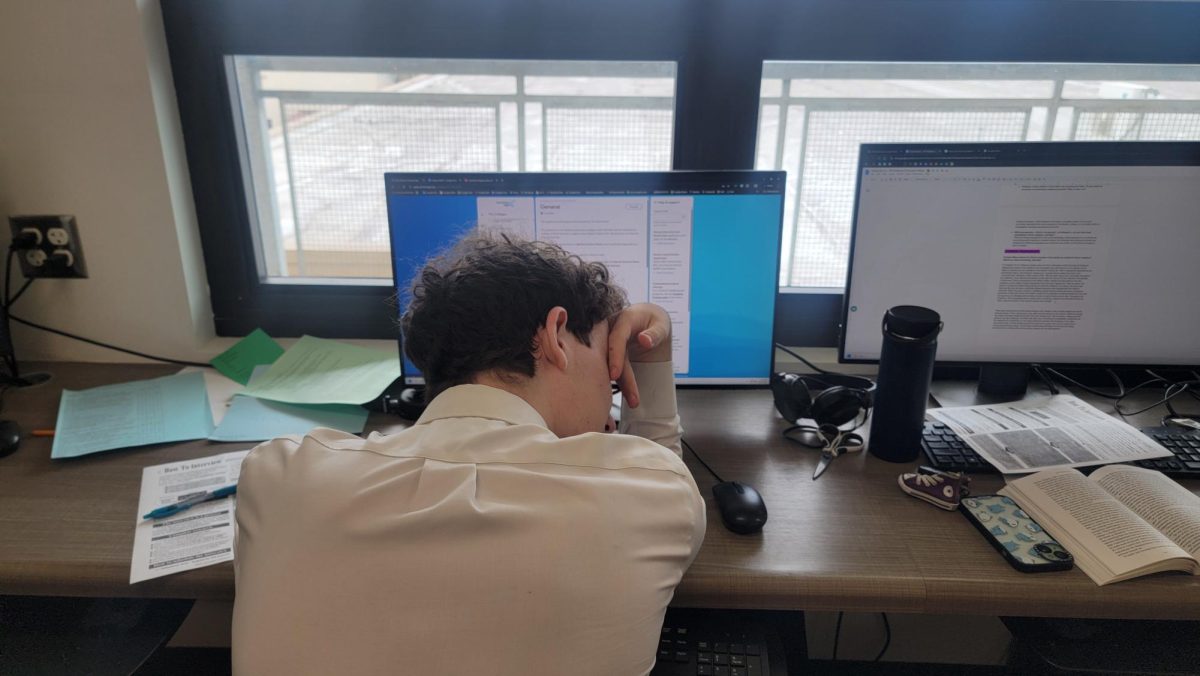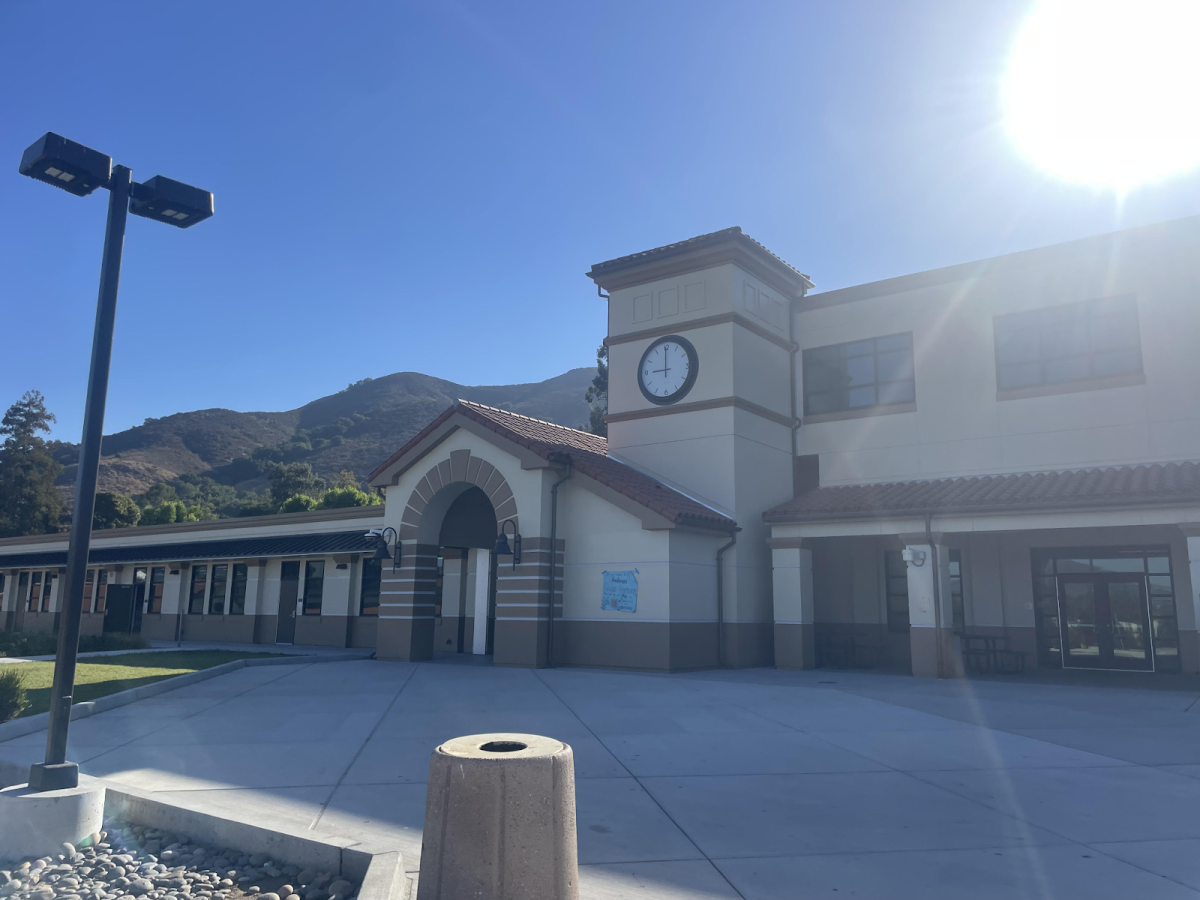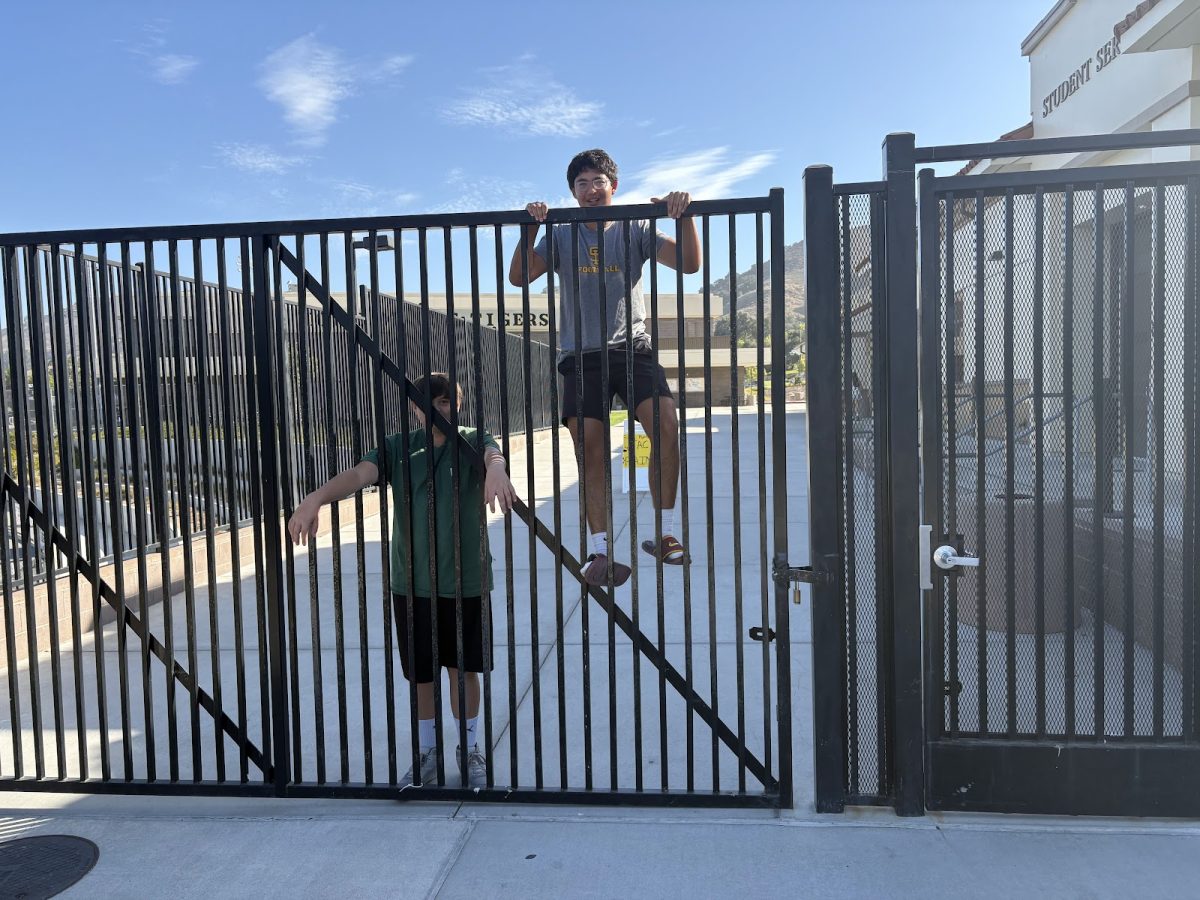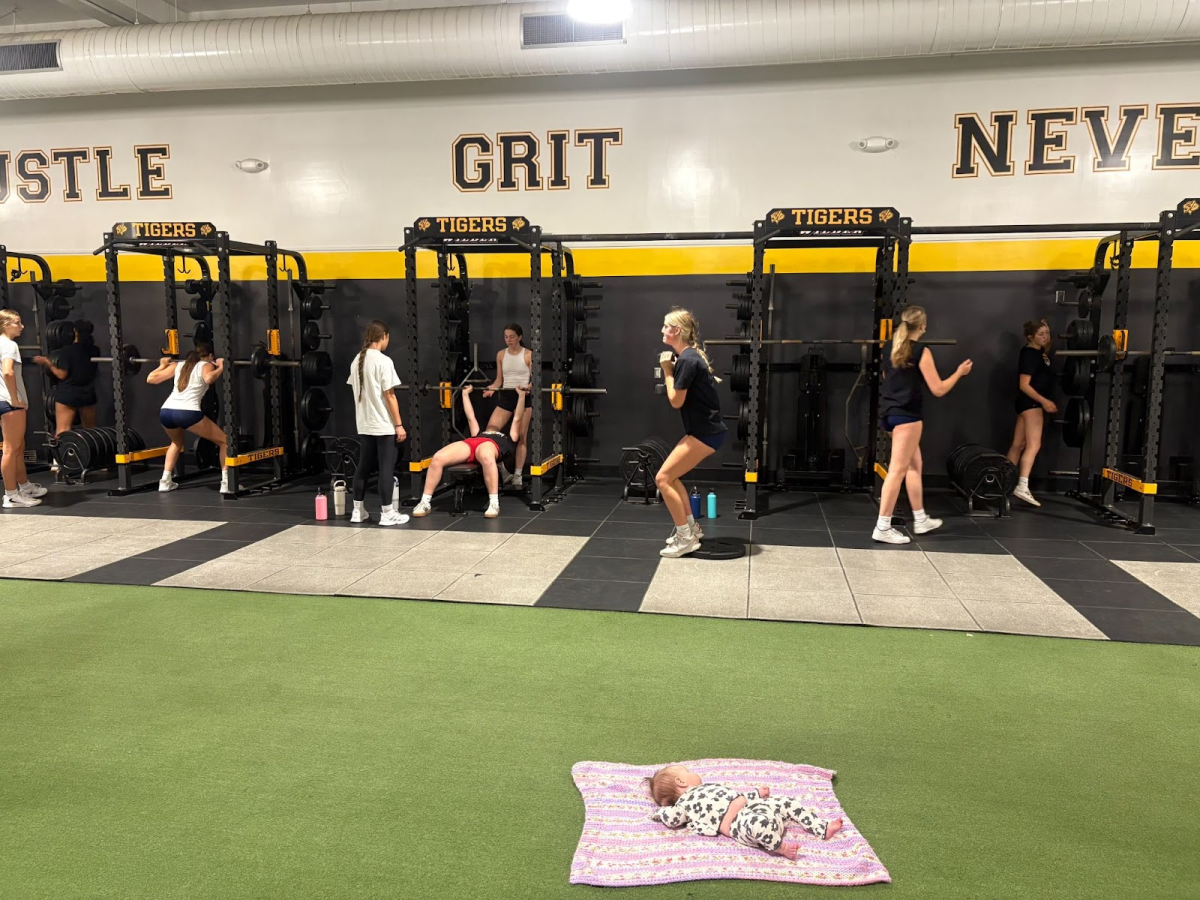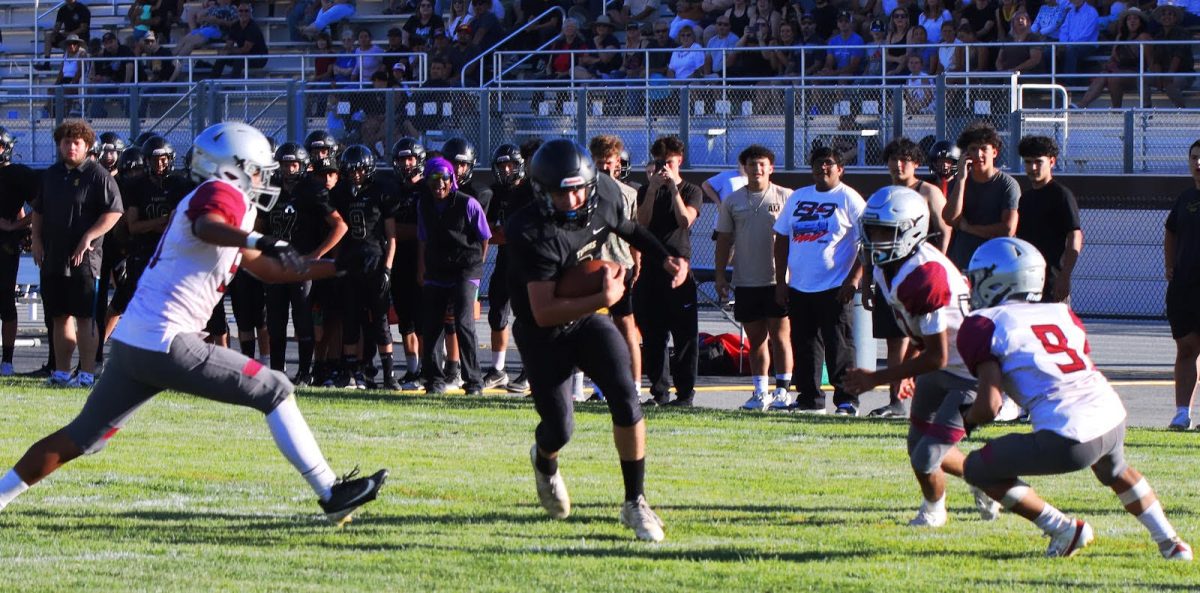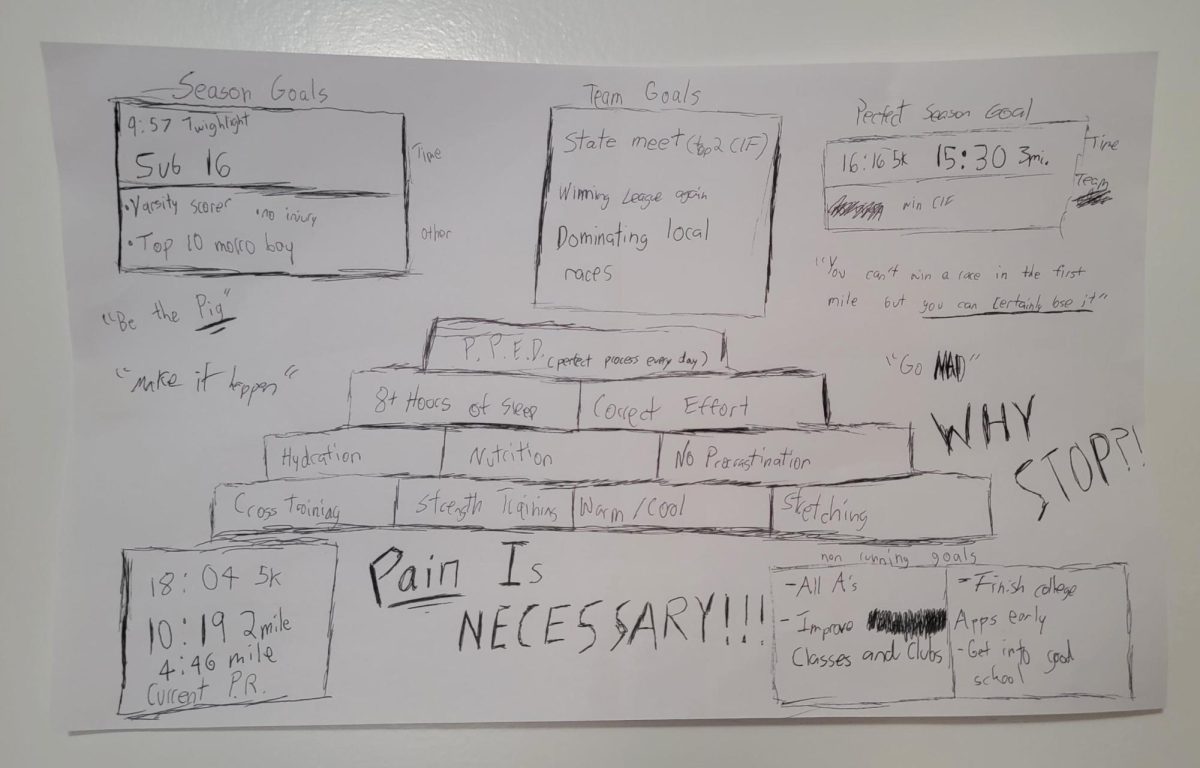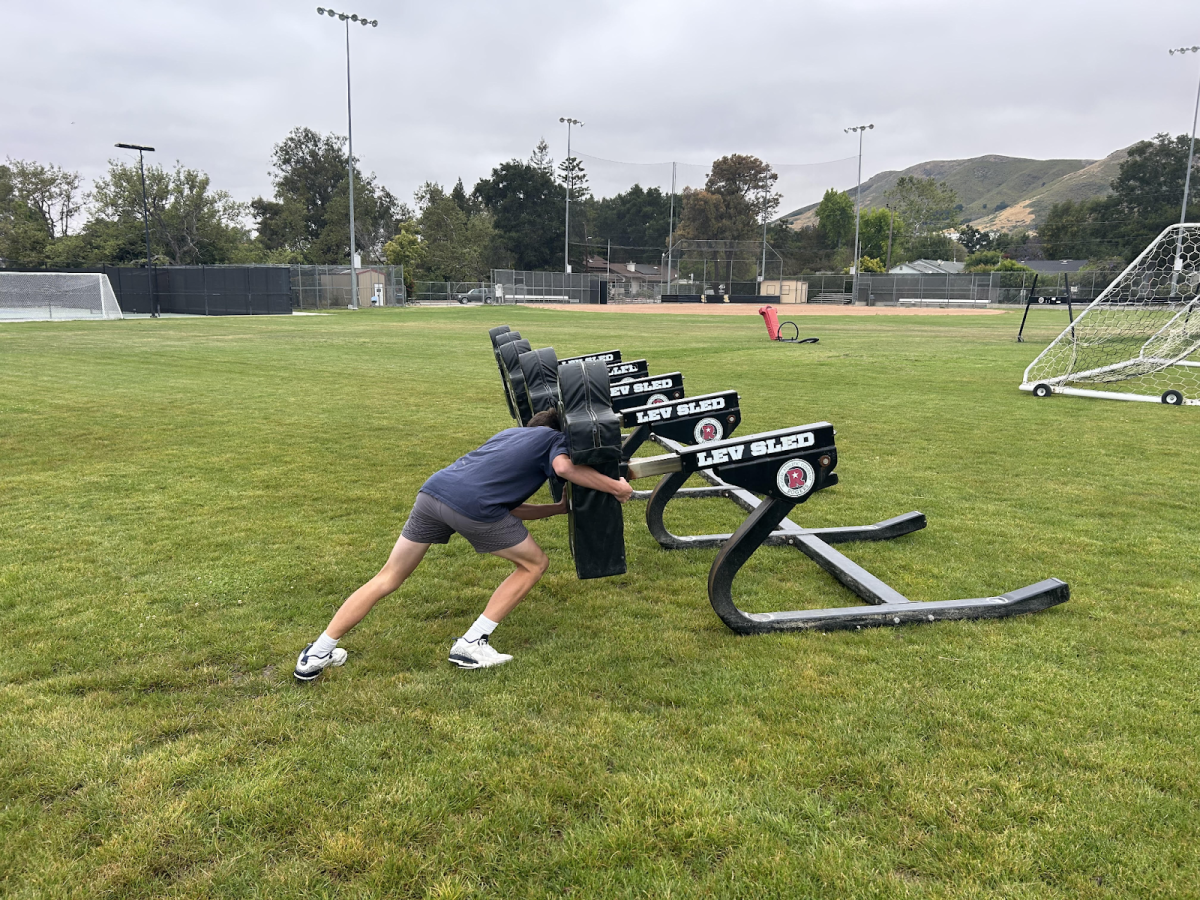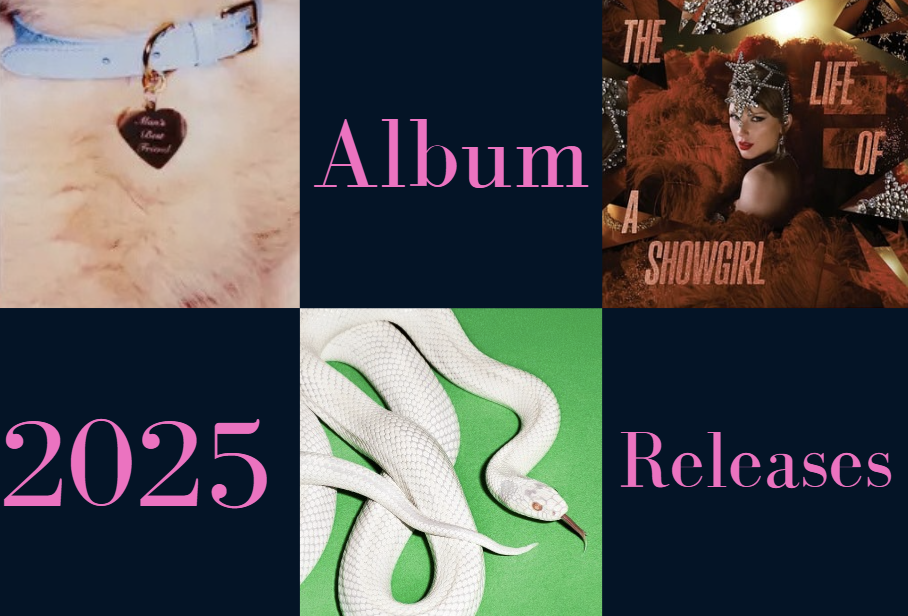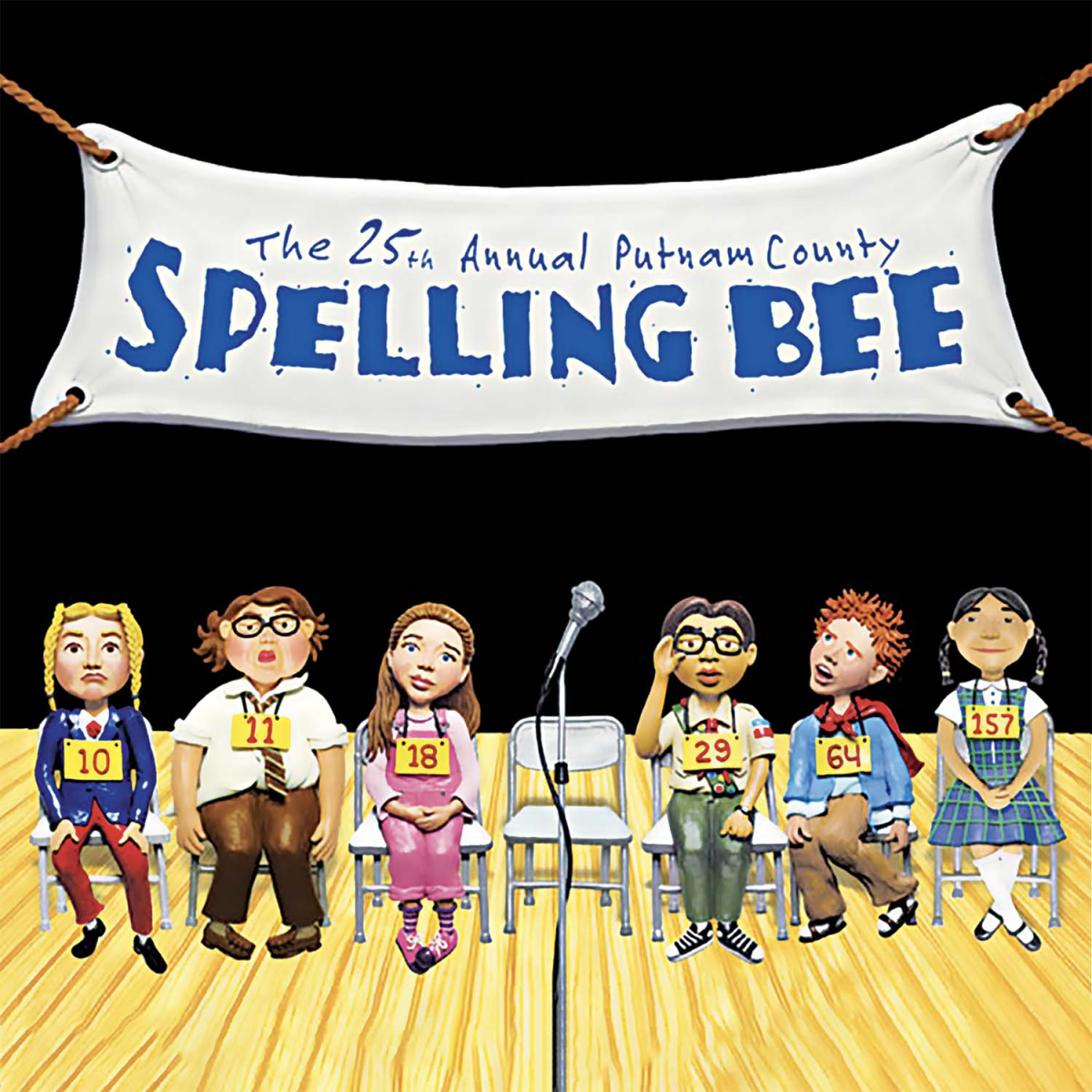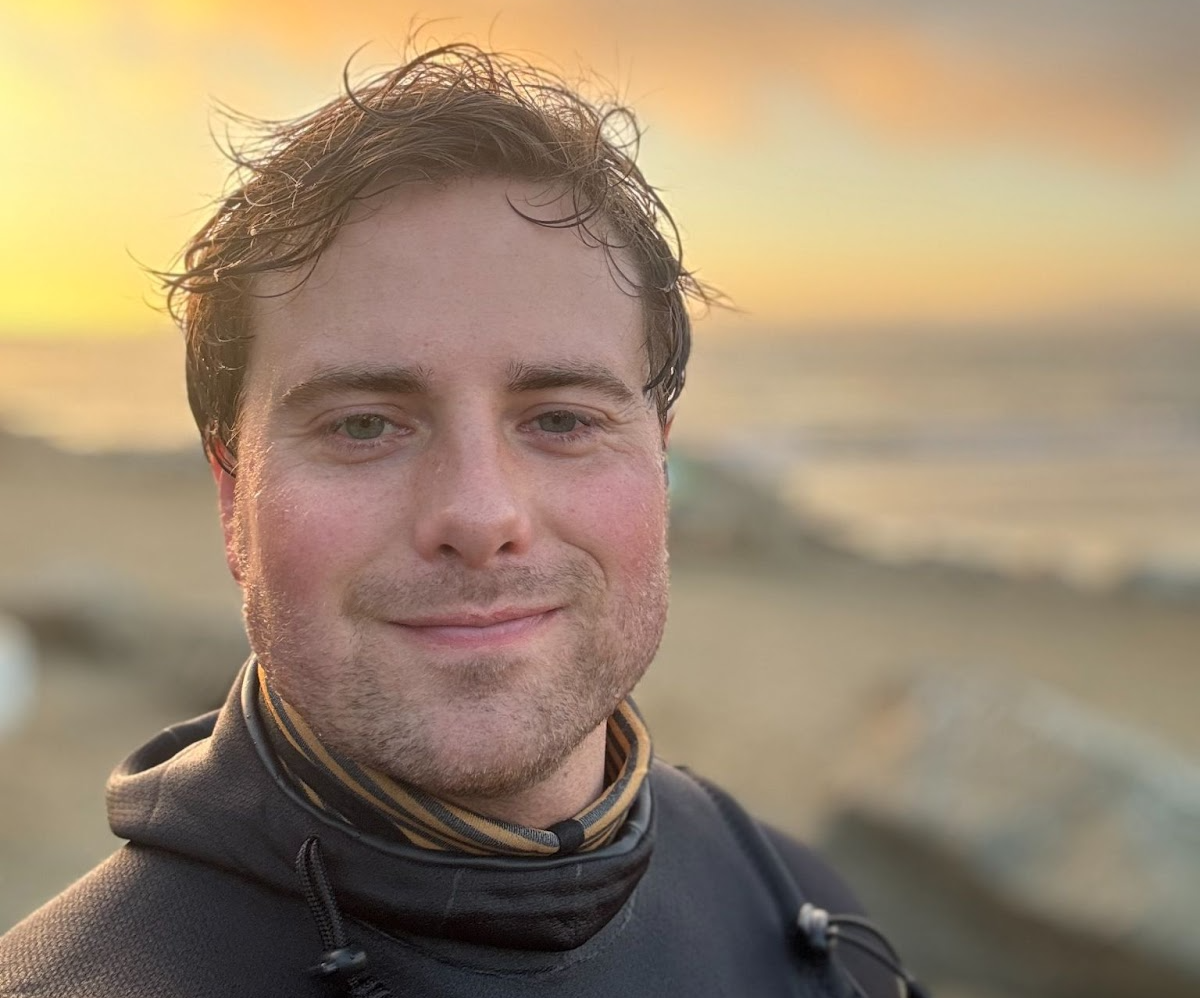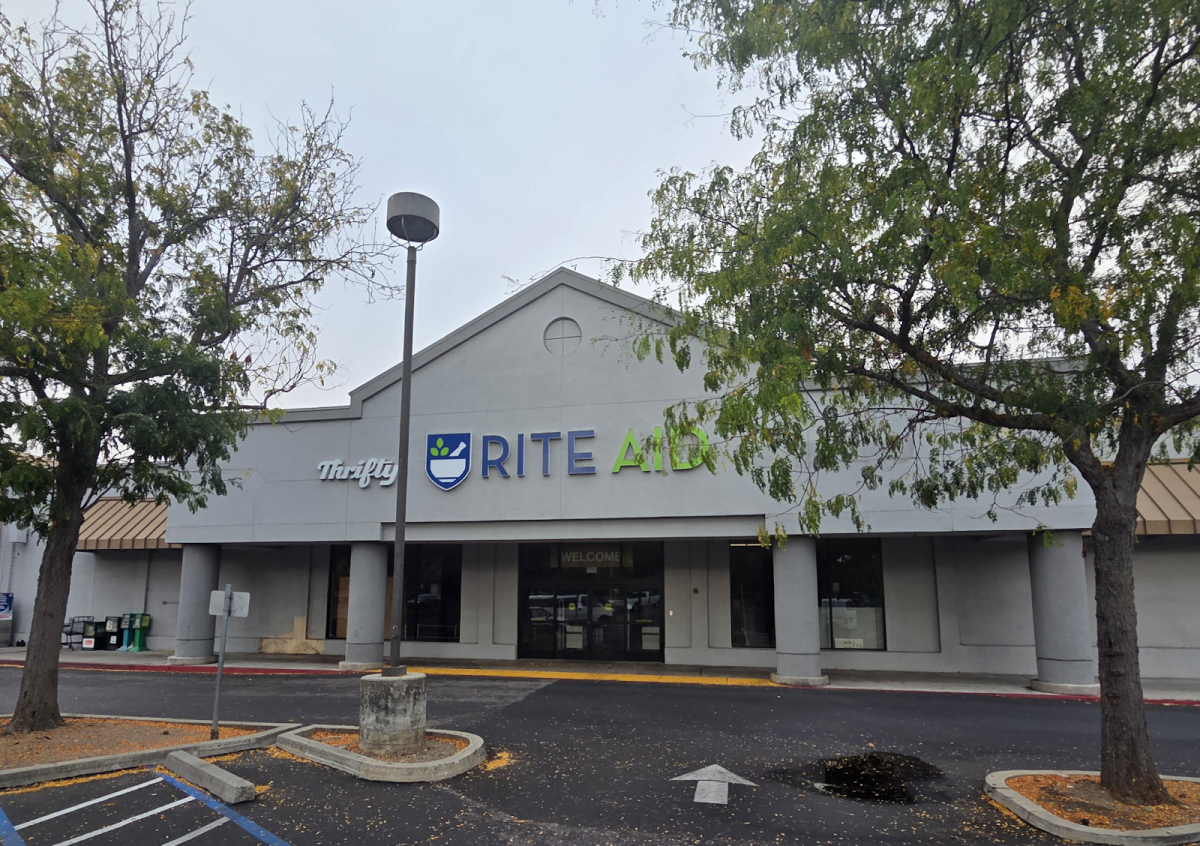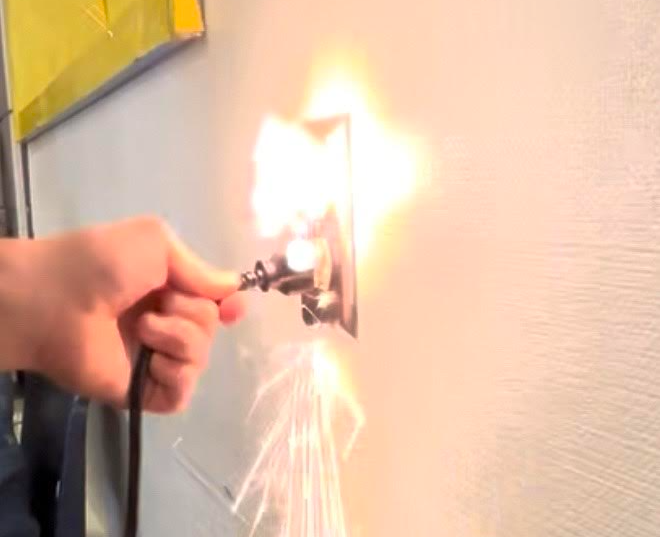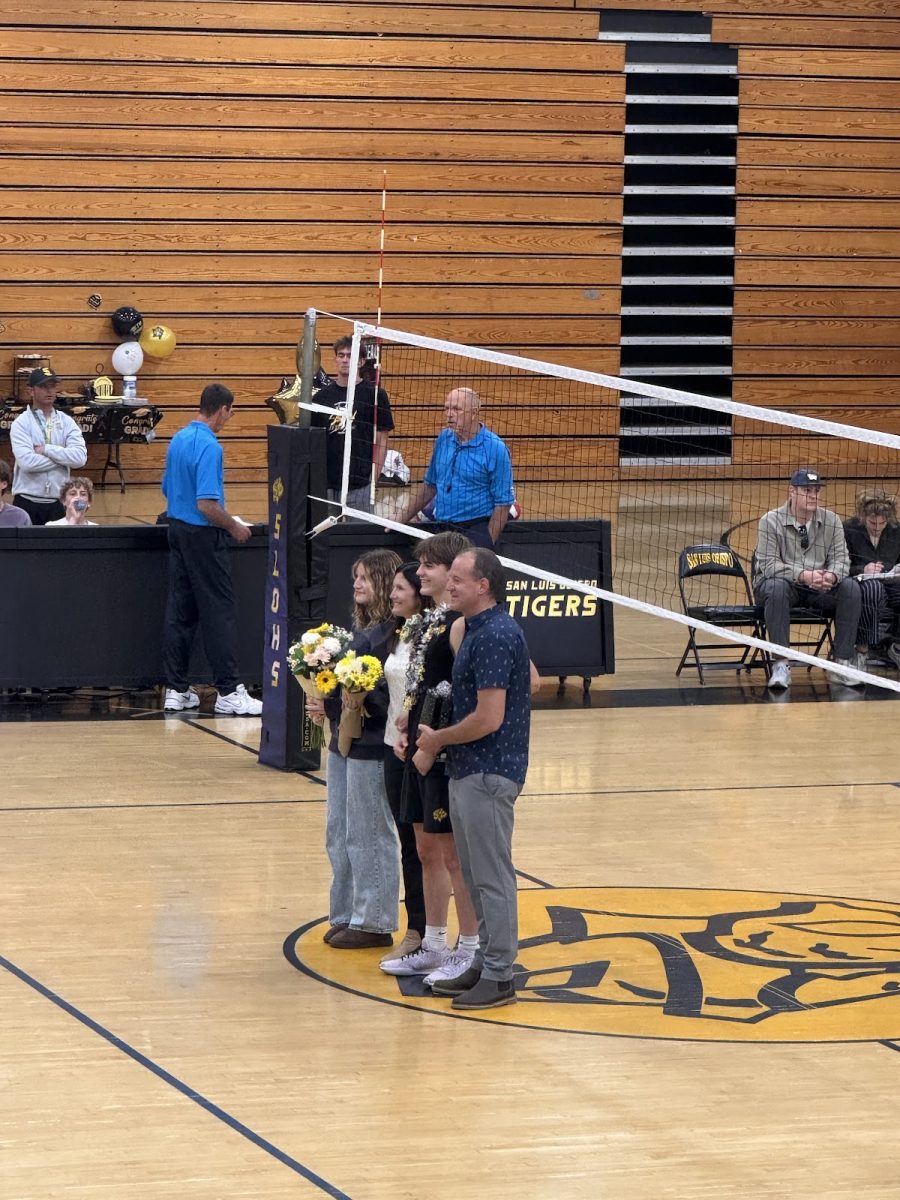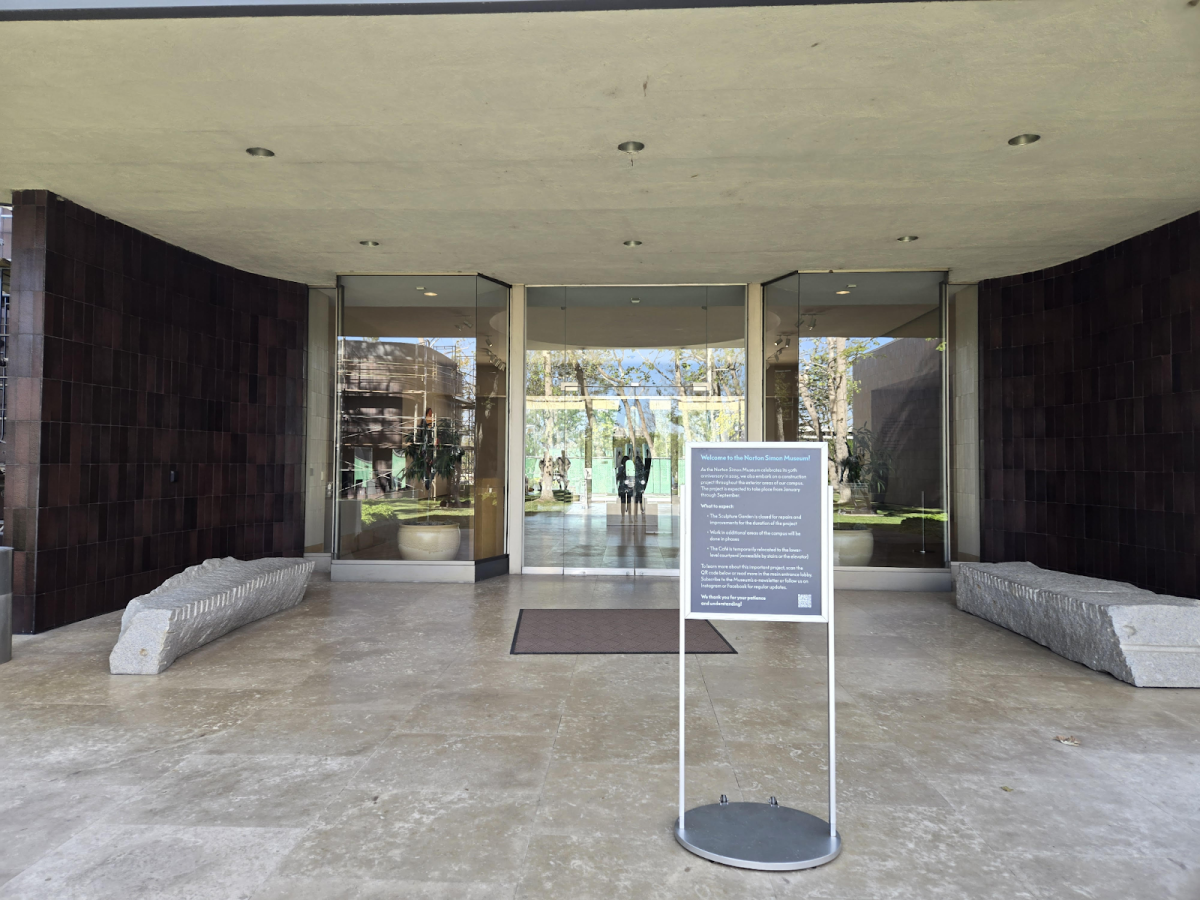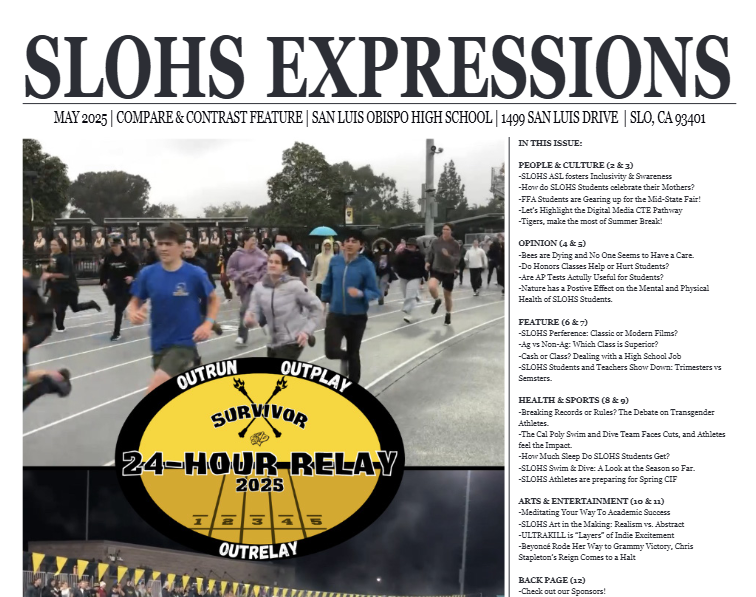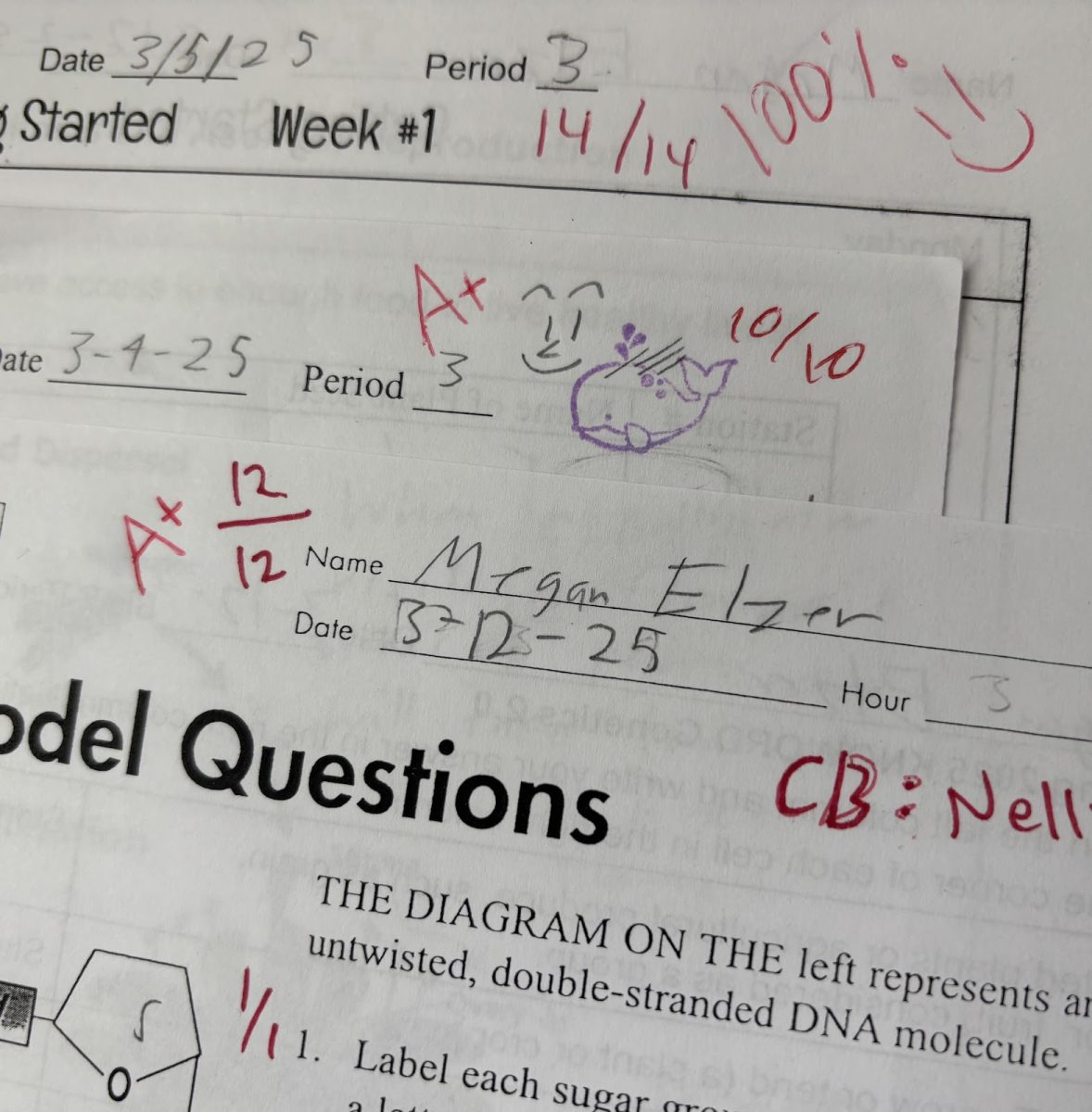One aspect of San Luis Obispo High School that not many students talk about is the great special education program. These students, unlike most students here, battle intense disabilities, diseases, disorders, and more. Below are profiles of the great kids in the special education program here at SLOHS.
Alexa, Age 11: Alexa is ambulatory and non-verbal. Primary disability is autism with a secondary intellectual disability. Alexa has recently been diagnosed with P3,26 duplication. She has great self-help skills in the areas of toileting and eating. She does great at imitation, routine sorting matching. She loves to walk and play. Alexa exhibits SIB (self-injurious behavior) averaging 1 time per 14 seconds during the past year but is making amazing progress with less pinching and hair pulling. She is not aggressive to others.
Ford, Age 17: Hunter syndrome is a very rare, inherited genetic disorder caused by a missing or malfunctioning enzyme. Because the body doesn’t have enough of the enzyme to break down certain complex molecules, the molecules build up in harmful amounts. In Hunter syndrome, the buildup of massive amounts of harmful substances eventually causes permanent, progressive damage affecting appearance, mental development, organ function, and physical abilities. Hunter syndrome appears in children as young as 18 months. It mainly occurs in boys, although very rarely it has been observed in girls. There’s no cure for Hunter syndrome. Treatment of Hunter’s syndrome involves management of symptoms and complications. Ford works at sorting, puzzles, maintaining ambulation, and communication.
Jocelyn, Age 4: Ganglioglioma is a rare, slow-growing primary central nervous system (CNS) tumor which most frequently occurs in the temporal lobes of children and young adults. Epilepsy is a common clinical presentation. Ganglioglioma is a rare type of brain tumor, accounting for approximately 1 percent of all brain tumors. Gangliogliomas occur when a single cell in the brain starts to divide into more cells, forming a tumor. This can occur when the cell randomly acquires changes (mutations) in genes that regulate how a cell divides. Most gangliogliomas grow slowly and are considered benign. However, up to 10 percent of gangliogliomas may grow more rapidly and become malignant, meaning the tumor affects the surrounding brain tissue. The main treatment for ganglioglioma is the removal of the entire tumor during surgery. If the entire tumor is not removed, it has the potential to reoccur and may require additional surgery or treatments, such as radiation therapy or chemotherapy. Unfortunately, because gangliogliomas are quite rare, there is limited information to show that radiation therapy or chemotherapy are effective treatments for this condition. Jocelyn works at head control, weight bearing, holding objects, cause and effect skills. She may be both blind and deaf.
Nancy, Age 16: Severe prenatal microcephaly in association with intrauterine growth retardation of unknown etiology. Microcephaly is a rare neurological condition in which an infant’s head is significantly smaller than the heads of other children of the same age and sex. Nancy makes choices between toys, can hold a cup and spoon, and will activate an Ipad and other cause and effect devices. She is non-verbal and non-ambulatory. She will do weight bearing in a stander for up to one hour per day. Nancy has had back surgery for severe scoliosis and recently received a gastrostomy tube for feeding because of food aspiration.
Savannah, Age 16: Arthrogryposis (arth-ro-grip-OH-sis) means a child is born with joint contractures. This means some of their joints don’t move as much as normal and may even be stuck in one position, Often the muscles around the joints, holding them in place. The main cause of arthrogryposis is fetal akinesia. This means the baby does not move around inside the womb as much as normal. Starting in early pregnancy, moving helps a baby’s joints, muscles, and tendons develop. If a baby doesn’t move much, these parts may not develop well, and extra tissue may form in the joints, making movement harder.
Vanessa, Age 8: TORCH syndrome (Toxoplasmosis, Other Agents, Rubella, also known as German Measles, Cytomegalovirus, and Herpes Simplex) refers to infections of a developing fetus or newborn by any group of infectious agents. TORCH syndrome results from one of the TORCH agents having crossed the placenta during pregnancy. TORCH syndrome may affect a developing fetus or newborn, potentially resulting in miscarriage, delayed fetal growth and maturation (intrauterine growth retardation), or early delivery. Vanessa works at increasing her functional vision, head control, and trunk balance and activating an adaptive switch for cause and effect.
David, Age 15: Cornelia de Lange Syndrome (CdLS) is a developmental disorder that affects many parts of the body. CdLS is characterized by slow growth before and after birth leading to short stature; an intellectual disability that is usually moderate to severe; and abnormalities of bones in the arms, hands, and fingers. Most people with CdLS also have distinctive facial features, including arched eyebrows that often meet in the middle (synophrys), low set ears, small and widely spaced teeth, and a small and upturned nose. Many affected individuals also have behavior problems similar to autism, a developmental condition that affects communication and social interaction.

